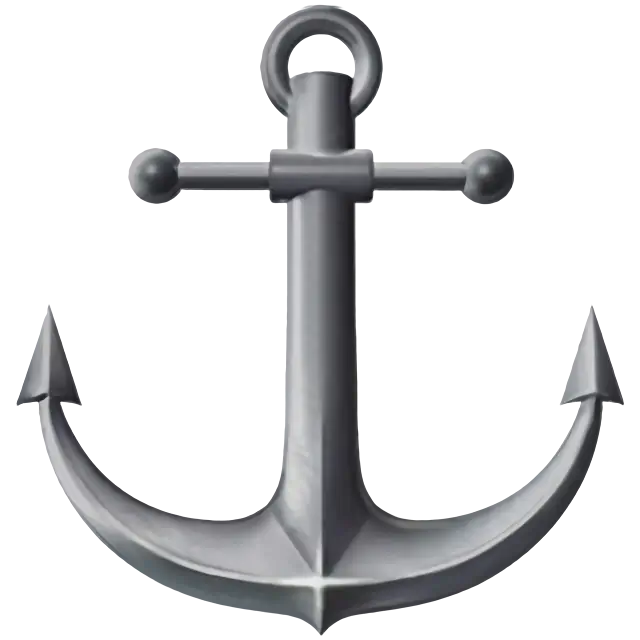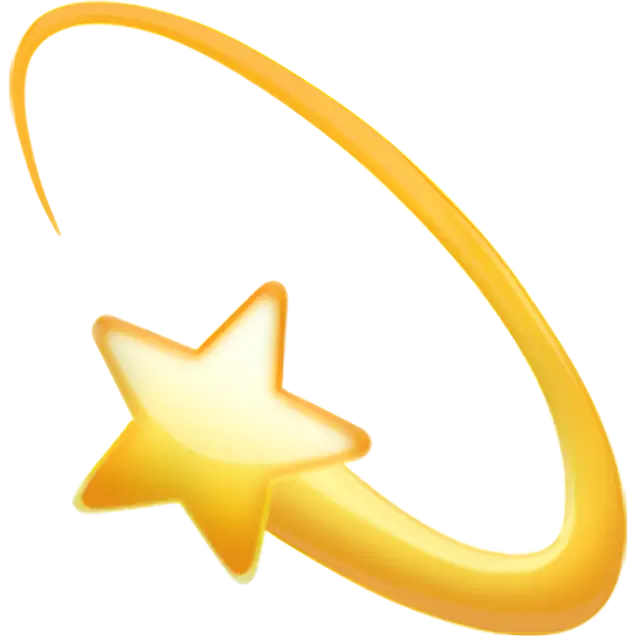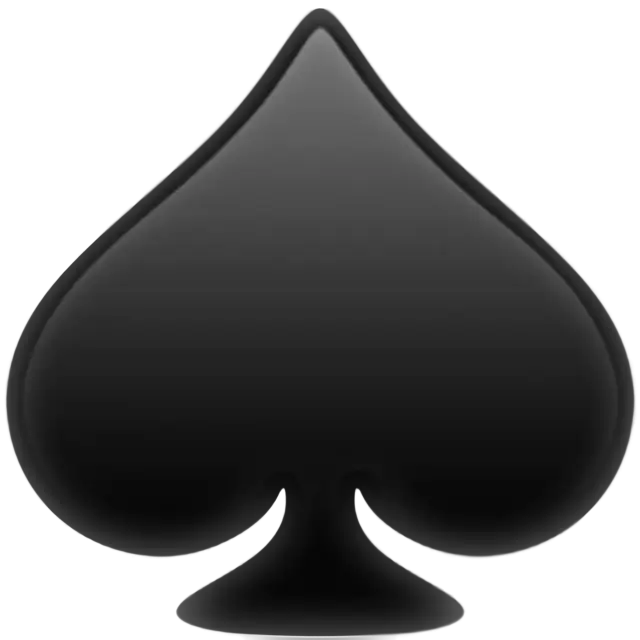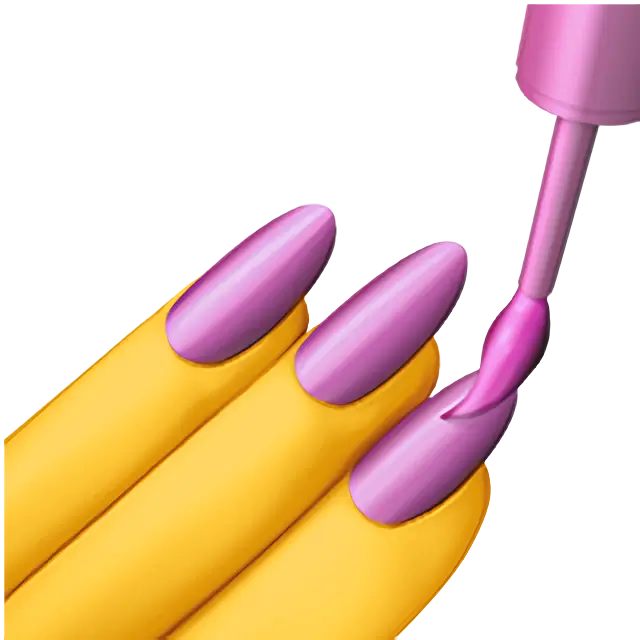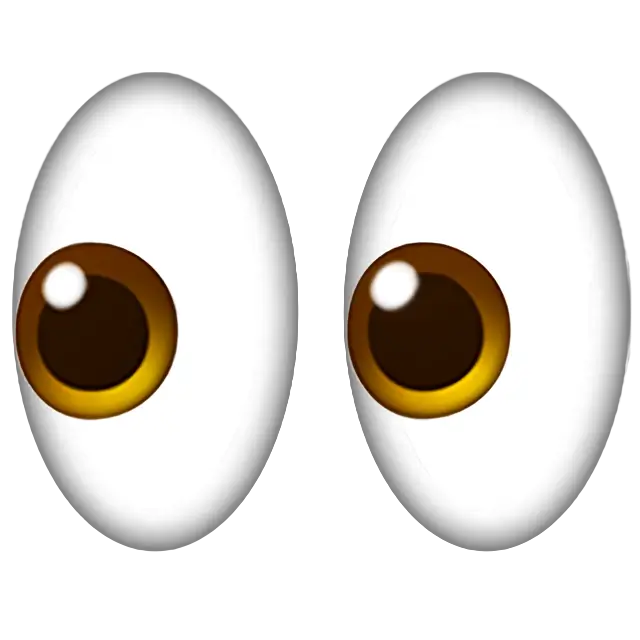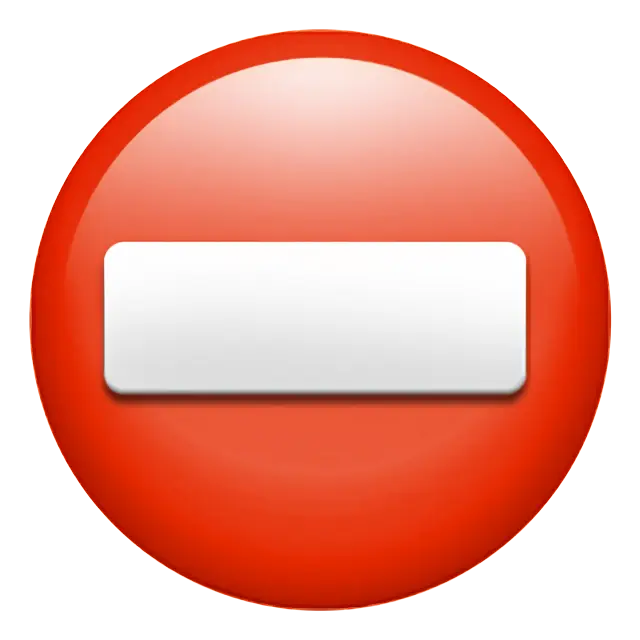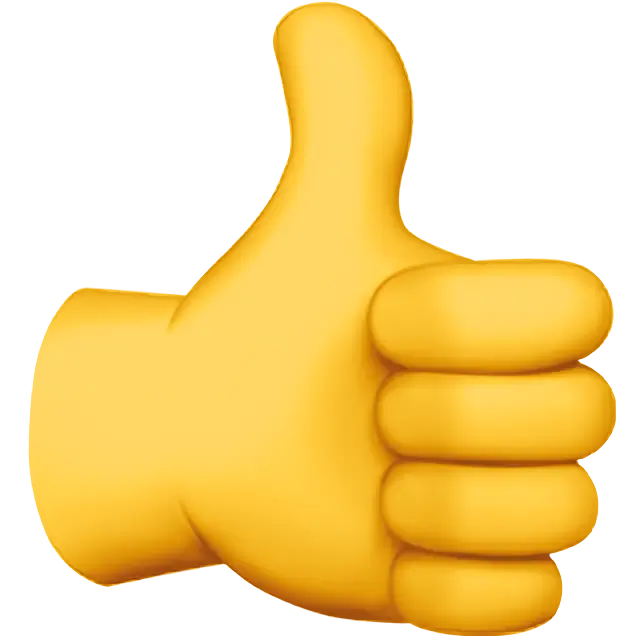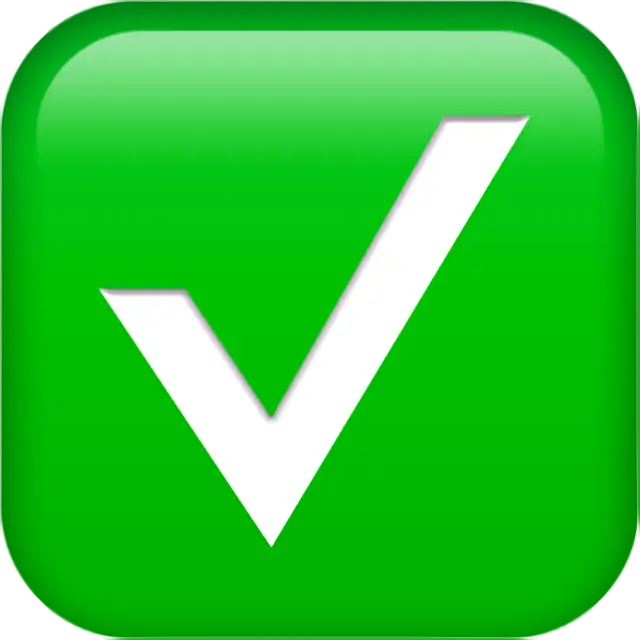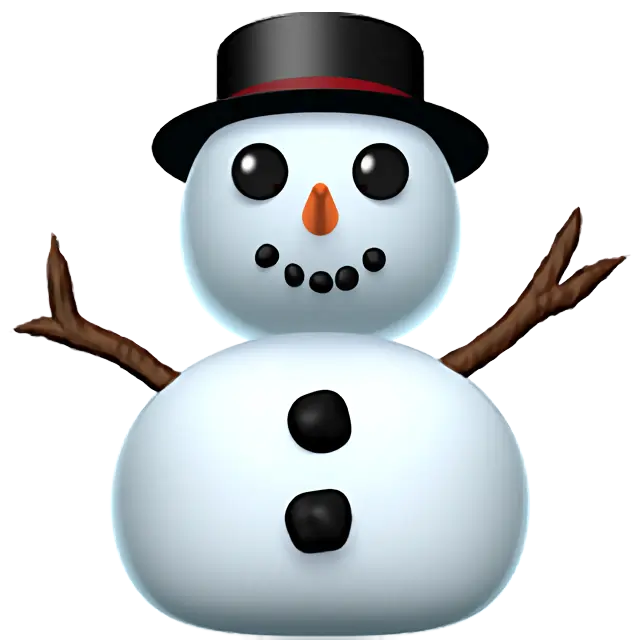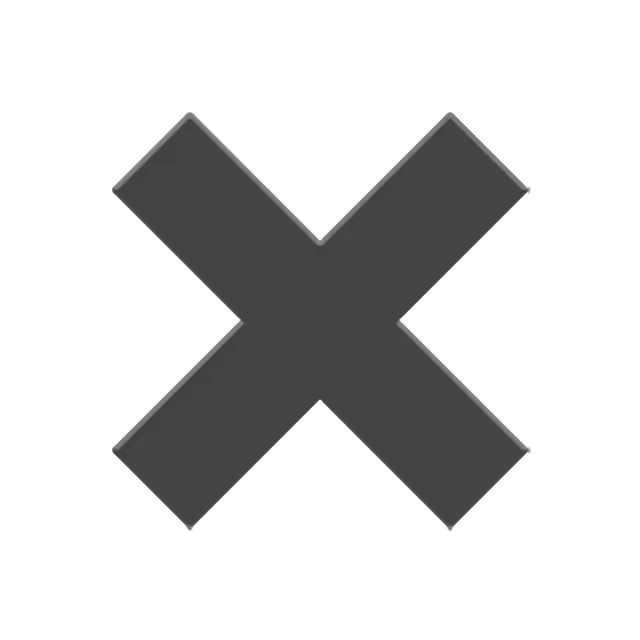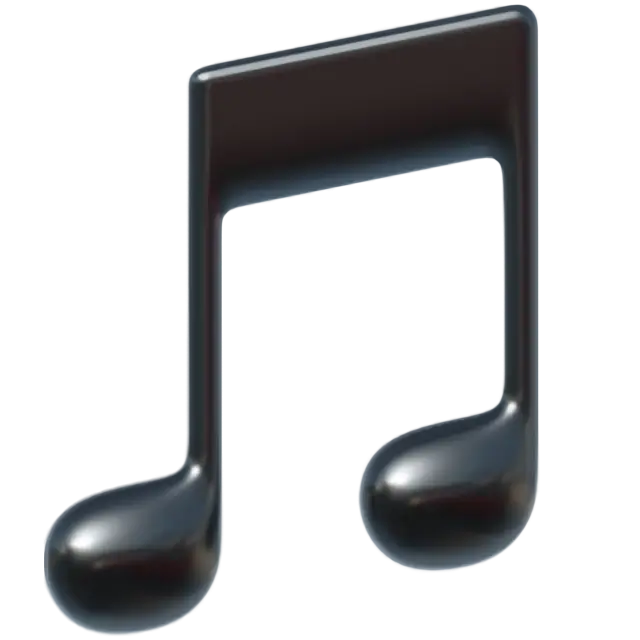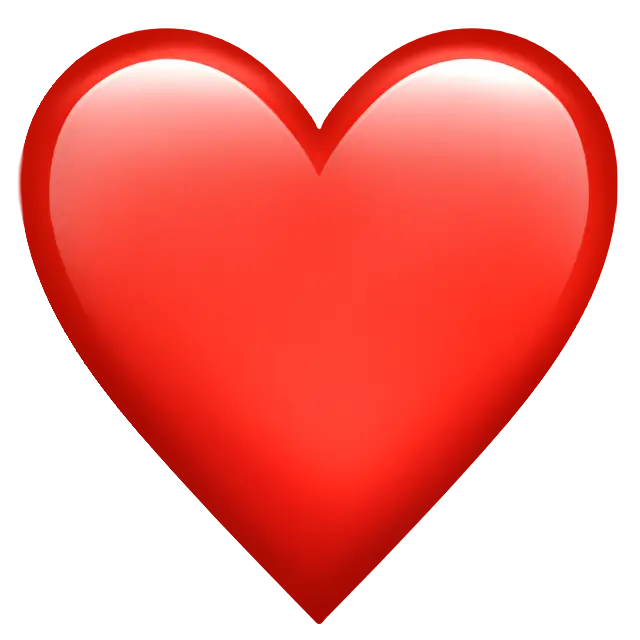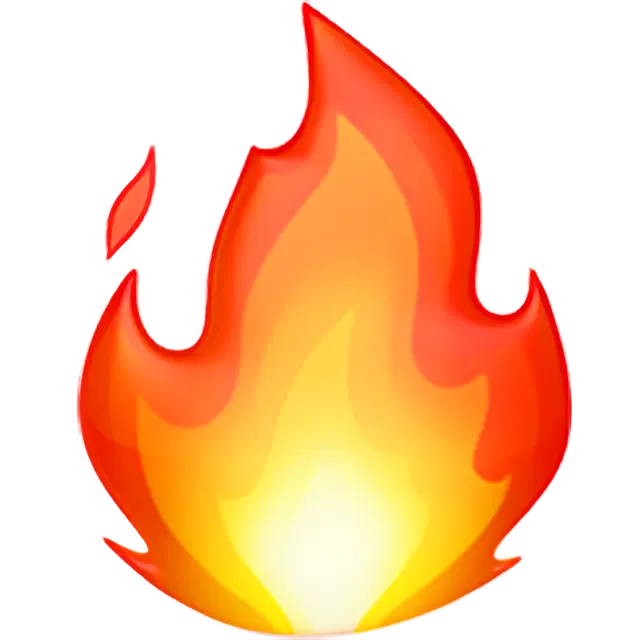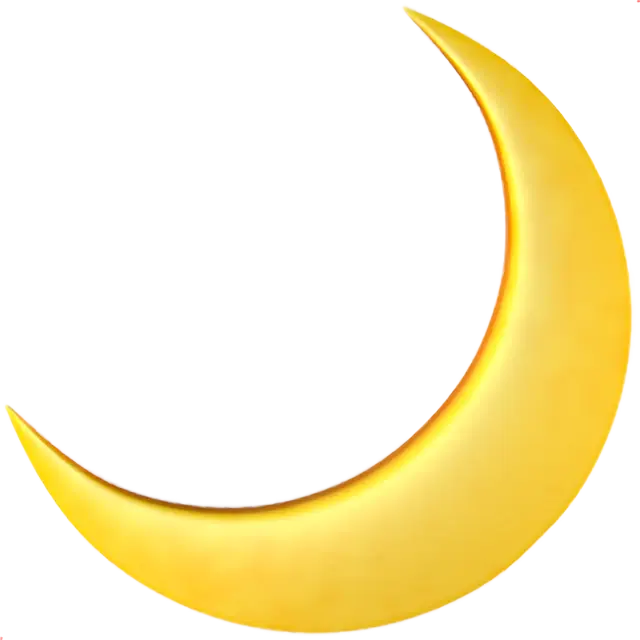Quotation Marks
This page contains quotation marks of all kinds extracted from different Unicode sections.
This punctuation mark is a paired one. They designate a direct speech, or a word that is used in a meaning that does not correspond to the usual speech, for example, in the opposite. There are several kinds of quotation marks. Names went from the country where they were invented and from the similarity of the outline with some objects.
In different scripts different quotation marks are used according to ... Probably, traditions. Yes, there are punctuation rules, but they do not stipulate the form. There are norms of typographical set for which ordinary people can nachat. So, by tradition, we (in Russia) are using “Christmas tree” quotes. If you want to put them inside an already quoted part of the text, the symbols of the external and internal must be different. Embedded are the “paws” («„…“»). In addition, when writing by hand and in print, the form may not be the same. In the good old days, when I was still writing with my hand, always used the so-called Polish (see below). However, and the font does not exactly match the quotation marks.
Introduce the rules for quotation marks, for Slavic scripts, the first was Constantine the Philosopher. In the XV century, he wrote a treatise on the writing. There it was suggested that the quotations from some church texts should be marked with special symbols. The images of these symbols were very similar to the modern quotes “Christmas trees”.
Kinds:
Use in different languages. The rules are not strict (if at all), do not be surprised if they are poorly observed. It is more interesting, why in Sweden not Swedish backquotes are used. Basic and spare (put inside the main, if necessary):
Quotation Marks in Different Countries
Albanian «…» ‹…›
English “…” ‘…’
Arab «…» ‹…›
African „…” ‚…’
Belorussian «…» „…“
Bulgarian „…“ ‚…‘
Hungarian „…”
Greek «…» ‹…›
Danish »…« ›…‹
Hebrew “…” / '…' '…' / <<…>>
Irish “…” ‘…’
Icelandic „…“ ‚…‘
Spanish «…» “…”
Italian «…»
Chinese “…” ‘…’
Latvian „…“ „…“
Lithuanian „…“ ‚…‘
Dutch „…” ‚…’
German „…“ ‚…‘
Norwegian «…»
Polish „…” «…»
Portuguese “…” ‘…’
Romanian „…” «…»
Russian «…» „…“
Serbian „…“ ‚…‘
Slovak „…“ ‚…‘
Slovenian „…“ ‚…‘
Turkish “…” ‘…’
Ukrainian «…» „…“
Finnish ”…” ’…’
French « … » ‹ … ›
Croatian »…« ›…‹
Czech „…“ ‚…‘
Swedish ”…” ’…’
Estonian „…” „…”
Japanese 「…」 『…』
Many of these icons are symmetrical in the horizontal plane. Even if the entire text is inverted, they will remain unchanged.
